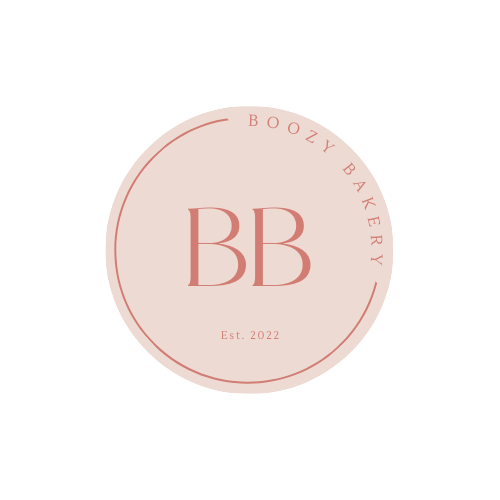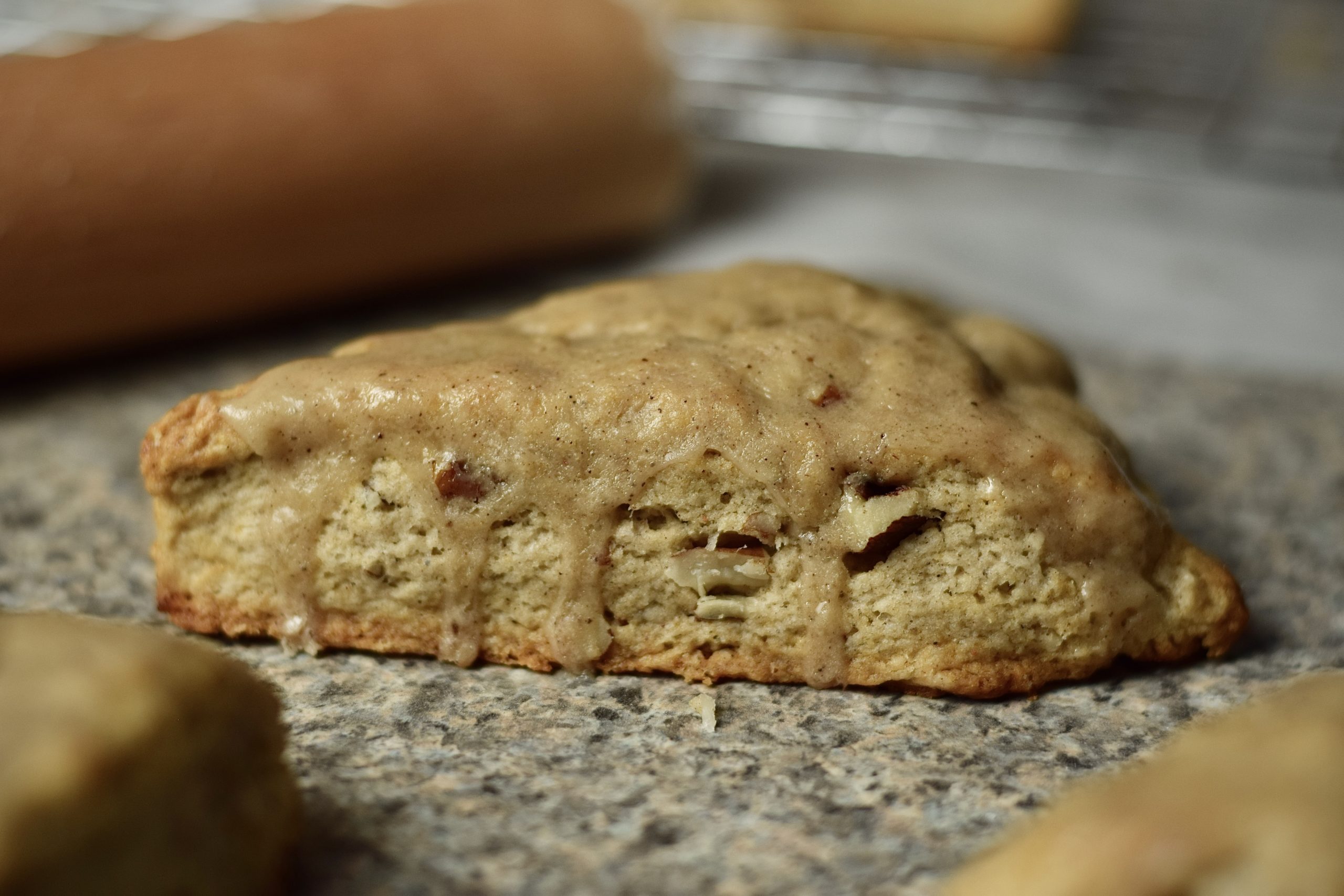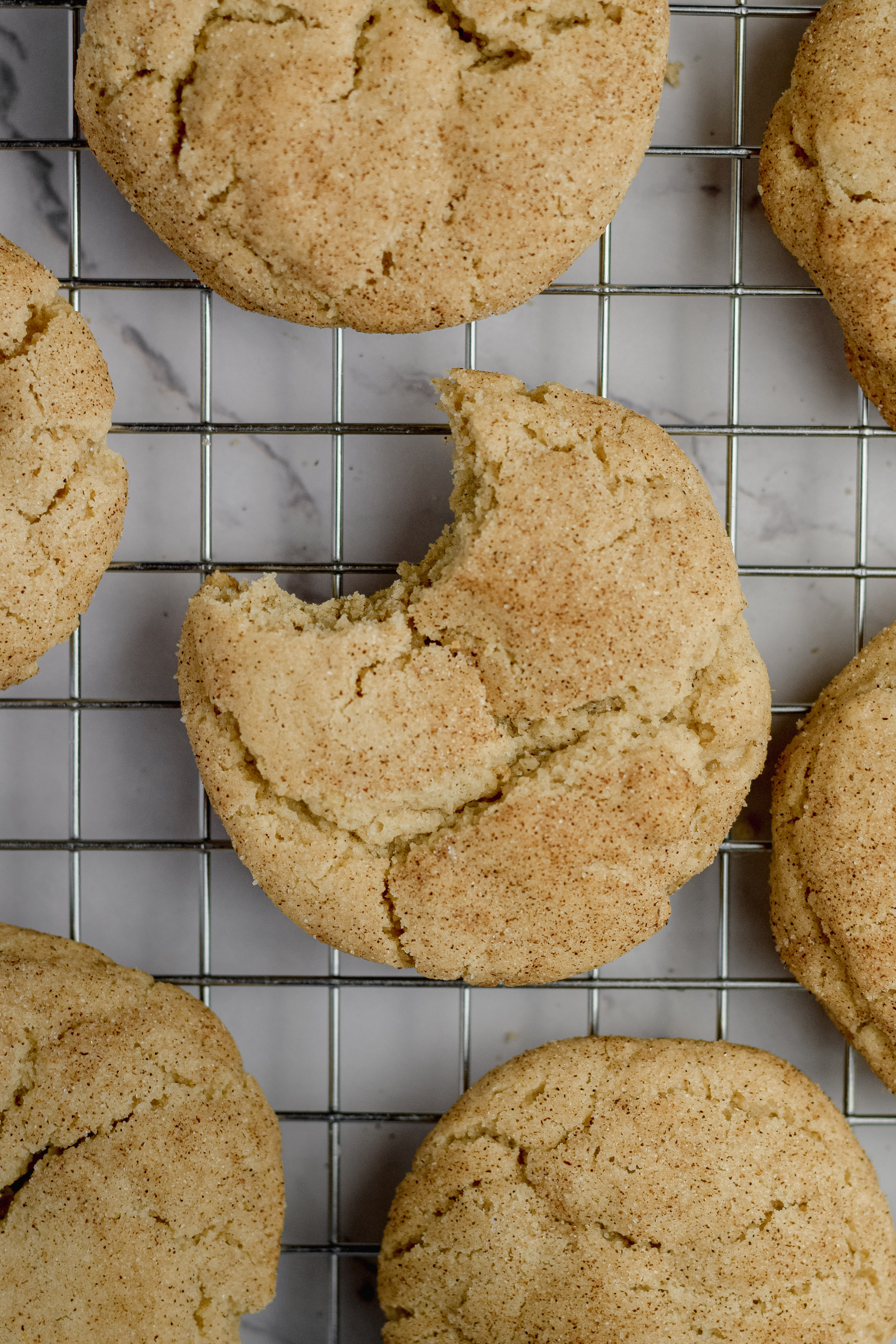It’s officially citrus season and everyone is obsessing over orange so I figured I would hop on the bandwagon with these orange yeast rolls with a slight twist…. candied ginger! Ginger and citrus is always the perfect combination! Yes, these orange rolls are still delicious without the candied ginger, but it adds a deep flavor and a nice chewy texture in the middle of a gooey soft orange roll.
What makes these orange yeast rolls so delicious?
These rolls start with a super soft, pillowy yeast dough, rolled up with a zesty orange curd and candied ginger, then topped with an orange icing. SO addicting!!
Oranges: We’re talking lots of oranges. You will need approximately 5 oranges for this recipe.
Bread flour: Bread flour takes these rolls to a whole new level! It’s how I make all my yeast breads and rolls. Bread flour contains more gluten and creates a nice thick and chewy dough that holds its shape. If you don’t have bread flour, you can use all purpose, but again, I highly recommend getting bread flour!
Candied ginger: You can make your own candied ginger if you want to! I used this recipe and it turned out great. Fair warning, it is quite the process and much quicker to buy some at the store. Candied ginger adds the best hint of texture in the middle of a really soft and gooey orange roll.
Instant yeast: If you’re impatient like I am, you will love instant yeast. As the name suggests, instant yeast helps your dough rise much quicker than other forms of yeast. Plus, you don’t need to worry about letting it sit with the liquids for 10-15 minutes to let it activate. It is ready to throw into your dough!
Heavy cream: Maybe you’ve seen this trend going around tik tok recently, but some of us bakers knew this trick long before then. 😉 Either way, pouring heavy cream over your yeast rolls before baking provides the BEST texture. When I brought these into work everyone asked “how did you make these rolls so gooey?” Heavy cream is the answer. I know, I know. I was skeptical at first too, but I promise you will never go back after trying this hack!!
How do you make orange curd?
If you’ve ever made lemon curd, this recipe is very similar! You’ll need to start by reducing orange juice. This is a fancy way of saying let it boil until it dwindles down to a smaller amount than you started with. This produces a super concentrated orange liquid which is used to flavor the curd. If you don’t reduce your orange juice, the curd will be way too thin and it will not produce as strong of an orange flavor.
How to make a fruit juice reduction
Pour your juice into a small pot over medium-high heat until it comes to a boil. Turn the heat down to medium and let simmer until fully reduced. This can take a long time, so be patient!! Stir every couple minutes to avoid burning. The whole process can take about 15-20 minutes, potentially longer depending on your stove. DO NOT just use 2 tablespoons of orange juice in place of the reduction. I promise it is not the same. It is well worth the wait!
A classic curd is just citrus juice, zest, sugar, and eggs. The trickiest part about curds is to not cook the eggs in it.
Here are my favorite tips for making orange curd
- Whisk the eggs in VERY well.
- Keep the heat on low-medium heat. If your curd starts to bubble at any point, remove it from the heat and turn the stove down before returning the pot to the stove.
- Whisk CONSTANTLY. Yes, standing at the stove and stirring for 10 minutes is not ideal, but curd does not care what you’re doing. It demands all your attention the whole process.
- Strain your curd. It doesn’t matter how much of an expert baker you think you are, there will be chunks of egg in your curd. It’s just the nature of the food. For an extra smooth curd, always strain it!
- If you’re wondering if it’s done, it probably it. Pull it off the heat! It’s better to undercook curd than overcook it. You will be able to tell when the curd is thickened. It will coat the back of the spoon and feel harder to whisk. Remember, it will thicken as it cools as well.

Can I use active dry yeast instead?
Yes, just make sure that you allow it to activate for 5-10 minutes once you add it in with the milk. You will also need to allow your dough rise for almost double the time. Active dry yeast has a much slower rise time.
What should my dough look like when it’s done kneading?

How can I tell when my dough has risen enough?
You want your dough to double in size. Your dough will appear a lot smoother and airy when it is fully risen compared to before. If you’re using instant yeast, this process only takes about an hour. If you live in a warmer area, it may only take 45 minutes or so. Below is pictures of both the first rise and the second rise.




How to make orange yeast rolls
- Warm the butter, milk, and sugar. Sprinkle the yeast on top and mix.
- Add in egg and orange juice and mix until gently combined.
- Add all dry ingredients and knead for 8 minutes until a soft, sticky dough forms.
- Let dough rise until doubled in size.
- Roll out the dough into a rectangle and top with orange curd and candied ginger.
- Roll the dough into a log, seal with water, and cut into 12 pieces.
- Let rise again for 30-40 minutes.
- Bake at 350F for 20-25 minutes.
- Top with icing and enjoy!
If you like these you’ll also love…
Brown Butter Chocolate Chip Cookies
Perfectly Flaky Maple Pecan Scones You’ll Love
Deliciously Boozy Gin and Tonic Cupcakes
Orange Yeast Rolls with Candied Ginger
Equipment
- 1 Stand mixer with bread hook
- 1 Medium pot
- 1 Rolling Pin
- 1 9×13 pan Or two 9" round cake pans
Ingredients
Dough
- 57 g Unsalted butter, melted 1/4 cup
- 118 g Whole milk 1/2 cup
- 50 g Granulated sugar 1/4 cup
- 2 ¼ teaspoons Instant yeast 1 packet
- 1 whole Egg large
- 408 g Bread flour 3 cups (All-purpose flour will work, but bread flour is better!)
- 1 whole Zest from one orange About 1/2 tablespoon
- 59 g Freshly squeezed orange juice About 1 large orange (1/4 cup)
Orange Curd
- 236 g Freshly squeezed orange juice 1 cup from about 3-4 large oranges
- 2 whole Eggs Large
- 100 g Granulated sugar 1/2 cup
- 4 teaspoons Orange zest About 3 large oranges
- 3 Tablespoons Unsalted Butter Cubed
Filling
- 118 g Heavy cream (for pouring over top) 1/2 cup
- 90 g Candied ginger, diced 1/2 cup
Icing
- 120 g Powdered sugar 1 cup
- 1 ½ Tablespoon Orange juice
- ½ – 1 Tablespoon Milk or heavy cream as needed
Instructions
Orange Curd
- Zest and juice 3-4 large oranges to produce 236g (1 cup) of orange juice. Set zest aside for later.
- In a small-medium saucepan or pot, reduce 1 cup of orange juice down to two tablespoons by cooking over medium-high heat for approximately 15-20 minutes. Try to reduce the mixture down as close to 2 Tbs as you can get! *check out "how to reduce orange juice" above for more details*
- Once your orange juice is reduced, pull the pan off the heat, measure out 2 Tbs of the reduction, set aside, and dump any remaining liquid out of the pot.
- In a separate bowl, whisk together the eggs, orange reduction, orange zest, and sugar until there are no more streaks of egg. This is very important!!!!
- Return the mixture back to the pot and stir constantly over low-medium heat until thick enough to coat a spoon, about 7-10 minutes. *See picture above*
- Once the mixture has thickened, remove from heat and strain through a fine mesh strainer immediately. Use a rubber spatula to push the curd through the strainer to make sure you get all of it.
- Once strained, cut the butter into 1 inch chunks and add to the curd. Mix with a rubber spatula until the butter has melted. This can take a minute or two.
- Set aside to cool.
Dough
- In a microwave safe bowl, add the milk and butter and microwave 30 – 45 seconds until butter is melted. The milk should be warm, but not hot when you add your yeast. It should feel like warm bath water. If it's too hot, let cool before adding your yeast.
- Once cool enough, add your yeast and sugar. Mix and let sit for about 30 seconds.
- Pour yeast mixture into mixing bowl and add the orange juice and egg. Mix until the egg is well incorporated.
- Add the orange zest and flour and mix on medium speed with the dough hook for 8 minutes until a smooth, sticky dough forms. *check out the pictures above for reference*
- Cover the dough with plastic wrap or a towel and let rise for 45 minutes – 1 hour until doubled in size. (This will be longer if you're using active dry yeast)
Shaping the rolls
- Once risen, dump your dough onto a lightly floured surface and use your hands to pat the dough into a rough rectangle.
- Use a rolling pin to roll the dough into a rectangle that's approximately 8×14 inches.
- Pour all the orange curd onto the dough and spread into an even layer around the dough, leaving a ½ inch empty border around the dough. Then, sprinkle the chopped up candied ginger evenly around the dough.
- Starting at the end closest to you, roll the dough tightly so that you end with a 14 inch log.
- Once you have rolled the dough, gently wet your fingertips and pinch the horizontal (longest) seam of the dough together to create a seal. It doesn't have to be perfect, but this will help prevent losing some filling. Do not seal the ends of the log, just the front seam!
- Using a serrated knife, cut the dough into 12 even pieces if using a 9×13 pan. If you are using two 9 inch round pans, cut the dough into 10 so you can have 5 rolls per pan.
- Evenly space your rolls into your baking dish. You do not need to grease the dish.
- Cover the dish lightly with a towel or plastic wrap and let rise for about 30 minutes.
- About 10 minutes into the second rise, preheat your oven to 350F. If you wish to make these overnight, cover the dish after the second rise and place in the fridge overnight. Set out at room temperature the next day while the oven is preheating.
- When the rolls have risen, they should be almost touching each other and have almost doubled in size. *See pictures above*
- At this point, pour 1/2 cup of heavy cream over the rolls and bake them for 20-25 minutes or until a toothpick comes out clean and the tops are just barely golden brown. Do not bake past this point!
- Let the rolls cool for about 15 minutes while you make the icing.
Icing
- To a medium bowl, add orange juice, powdered sugar, and ½ tablespoon of milk or heavy cream.
- Whisk until there are no more lumps of powdered sugar.
- If the icing is too thick, add more milk ½ teaspoon at a time until you reach your desired consistency. If it's too thin, add more powdered sugar ½ Tablespoon at a time.
- Pour icing over rolls while they are still warm.










These are incredible!!! I made them for my sister’s bachelorette party breakfast and they were perfect. Super orange-y which is my fav :))
Yay! So glad you liked them. 🙂